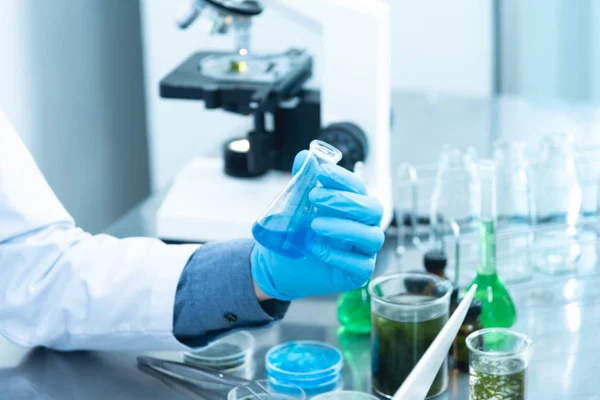In vitro Biology
In vitro biology studies biological processes outside of a living organism in a controlled laboratory environment. It involves cell culture, which grows animal, plant, or microbial cells under sterile conditions. Applications include medical research, tissue engineering, plant biotechnology, and toxicology. Tools include laminar flow hoods, incubators, microscopy, and molecular biology tools. Advantages include controlled conditions, reproducibility, and reduced animal testing. Limitations include not replicating complex interactions and varying cell behavior.
Cell Biology
- Cytotoxicity Assay
- Cell Proliferation Assays
- Gene/Protein Expression Biomarkers
Microbiology
- MIC/MBC/Kill Kinetics
- Bacteria (Gram + / Gram -)
- Virus, Fungi, Parasite,

Cell Biology
Cytotoxicity Assay
Cell Proliferation Assays
Gene/Protein Expression
Microbiology
MIC/MBC/Kill Kinetics
The minimum inhibitory concentration (MIC) is a method to determine the effectiveness of an antimicrobial agent against a microorganism, using methods like agar dilution and broth dilution to prevent visible growth.
Bacteria (Gram + / Gram -)
Gram-positive and Gram-negative bacteria are two major classes based on their cell wall structure, determined by Gram staining. Gram-positive bacteria have a thick peptidoglycan layer (20-80 nm) with no outer membrane and teichoic acids, resulting in purple or blue staining. They are more sensitive to antibiotics and less resistant to physical disruption. Gram-negative bacteria have a thin peptidoglycan layer (2-7 nm) with an outer membrane containing lipopolysaccharides and a periplasmic space.
